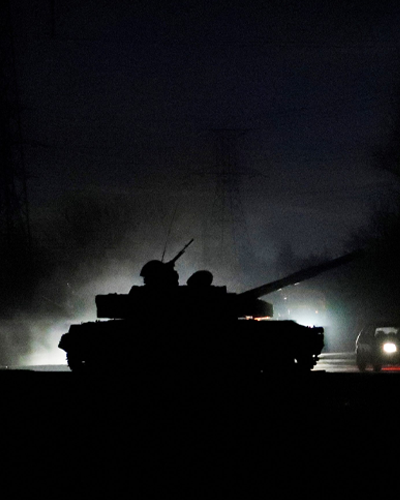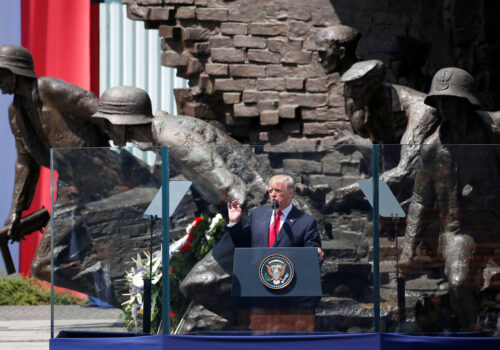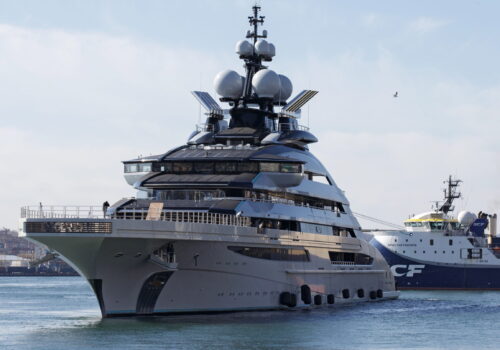Since the Kremlin’s invasion of Ukraine in 2014, conflict in the Donbas has continued with no real end in sight. This year may be a tipping point. As the Ukrainian government prepares a new strategy for reintegration of the Donbas, the Kremlin has tightened its grip on the region by restricting access across the line of contact. With increased “passportization” and renewed pressure on residents to rely on Moscow rather than Kyiv for healthcare, education, pensions, and economic opportunity, Russia may be experimenting with a creeping annexation of the region. Moscow’s dramatic seizure of Crimea in 2014 shocked the world—do US and European policymakers need to up their commitment to prevent another land grab in 2021? How can the Biden administration increase its involvement to ensure peace and real results?
Ambassador John Herbst moderates a discussion with Yevgen Vilinsky, former deputy governor of the Donetsk region; Dr. Celeste Wallander, president and CEO of the US-Russia Foundation; and Jock Mendoza-Wilson, director of International and Investor Relations at Systems Capital Management; on how the Kremlin’s latest moves in the Donbas may hint at a darker turn in the war for Ukraine’s sovereignty.
issue spotlight

Europe in crisis
War in Ukraine
Experts from across the Atlantic Council are assessing the consequences of Russia’s February 2022 invasion, including what it means for Ukraine’s sovereignty, Europe’s security, and the United States’ leadership.
RELATED experts

The Eurasia Center’s mission is to promote policies that strengthen stability, democratic values, and prosperity in Eurasia, from Eastern Europe in the West to the Caucasus, Russia, and Central Asia in the East.




